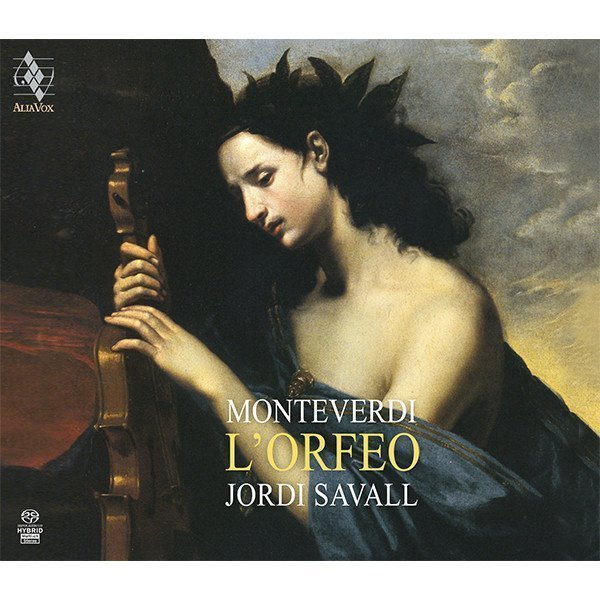L’ORFEO
Claudio Monteverdi
Jordi Savall, La Capella Reial de Catalunya, Le Concert des Nations
21,99€
Reference: AVSA9911
-
- LA CAPELLA REIAL DE CATALUNYA
- LE CONCERT DES NATIONS
- Jordi Savall
There are few myths in Greek mythology more obscure or more laden with symbolism than that of Orpheus. Extremely ancient in origin, it developed into a veritable theology around which an abundant and largely esoteric literature developed. Orpheus is the “singer” par excellence, the musician and the poet. He played not only the lyre with admirable skill, but also the zither, the invention of which is attributed to him. It was said that the airs he sang and played were so sweet that wild beasts followed in his train, trees and plants bowed down to him and the fiercest of men were totally subdued by his music.
There are few myths in Greek mythology more obscure or more laden with symbolism than that of Orpheus. Extremely ancient in origin, it developed into a veritable theology around which an abundant and largely esoteric literature developed. Orpheus is the “singer” par excellence, the musician and the poet. He played not only the lyre with admirable skill, but also the zither, the invention of which is attributed to him. It was said that the airs he sang and played were so sweet that wild beasts followed in his train, trees and plants bowed down to him and the fiercest of men were totally subdued by his music.
Virgil (70-19 BC), in Book IV of The Georgics, gives us the richest and fullest version of one of the most celebrated myths about Orpheus: his descent into the underworld for the love of his wife, Eurydice, who had died of a snakebite while fleeing from the pursuit of Aristaeus. With his singing and the strains of his lyre, Orpheus managed to charm not only the monsters of hell, but also the gods of the underworld. Poets have vied in their attempts to describe the effects of this divine music. Finally, the gods of the underworld yielded to Orpheus’s entreaties, but they did so on condition that he retrace his steps to the light of day, followed by Eurydice, without turning to look at her before leaving their kingdom.
+ information in the CD booklet
JORDI SAVALL
Translated by Jacqueline Minett







Share